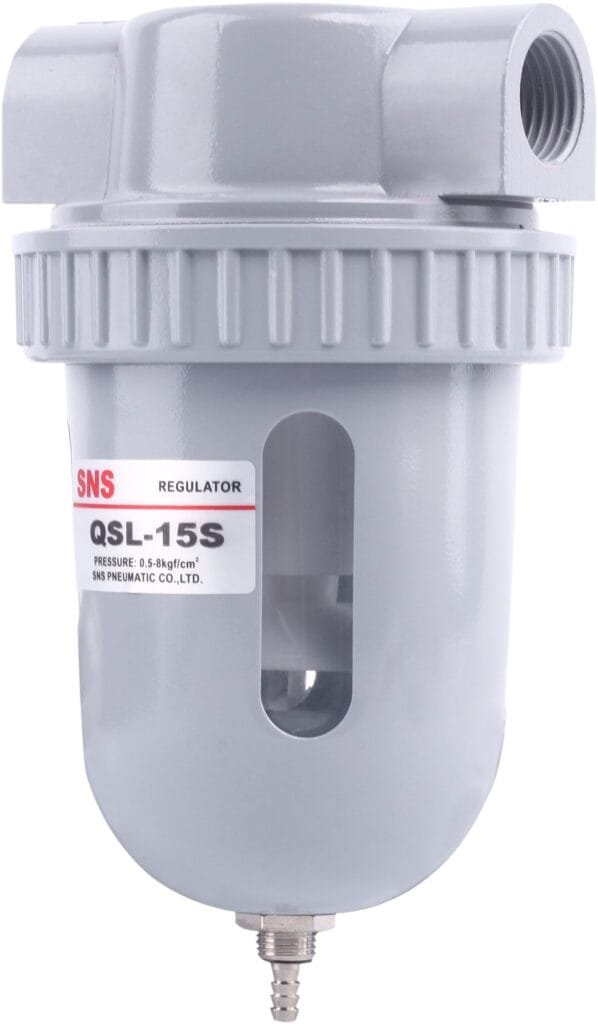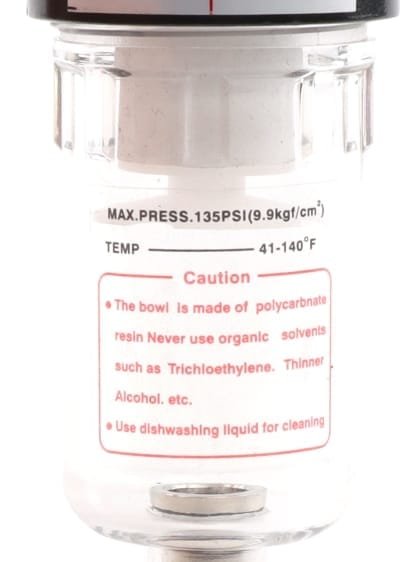What is the difference between a flow regulator and a pressure regulator?
In fluid dynamics and control systems, flow regulators and pressure regulators play crucial roles in maintaining desired operational conditions within piping systems, yet they operate on fundamentally different principles and serve distinct purposes. A flow regulator is designed to maintain a consistent rate of fluid flow regardless of changes in inlet or outlet pressure, while a pressure regulator aims to maintain a constant pressure level downstream of the device, irrespective of variations in flow rate or upstream pressure. Understanding the differences between these two types of regulators is essential for proper system design and operation in various industrial, commercial, and residential applications.
What is Flow in Pneumatic Systems
Flow in pneumatic systems refers to the rate at which air moves through a system’s channels and components. It is an essential aspect of pneumatics, dictating how effectively and efficiently pneumatic devices operate. The volume of air that passes a given point within a system over a specific time period, typically measured in cubic feet per minute (CFM) or liters per minute (L/min), quantifies flow.
Understanding air flow is critical for designing and optimizing pneumatics systems. Air flow affects the speed of actuation in pneumatic cylinders, the cooling rate of pneumatic tools, and overall system performance. Proper flow ensures that sufficient air volume is available to meet the demands of pneumatic devices without causing undue wear or energy wastage.
Managing this flow involves selecting appropriate tubing sizes, valve types, and other components that match the system’s operational requirements. Insufficient flow can result in decreased efficiency or failure to operate, while excessive flow may lead to unnecessary energy consumption and increased operating costs.
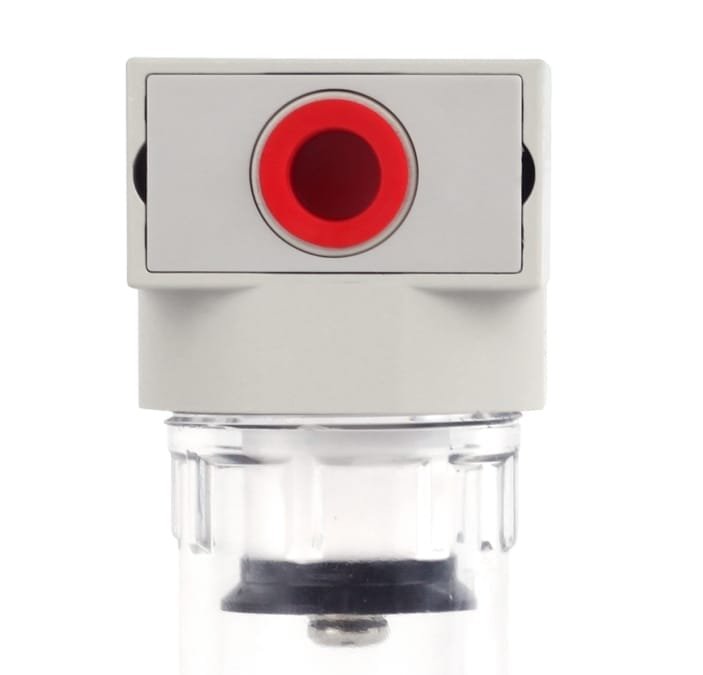
What is Pressure in Pneumatic Systems?
Pressure within pneumatic systems is fundamentally the force per unit area exerted by a gas. It is a critical parameter that directly influences the performance and efficiency of these systems. To comprehend its role and significance, it’s essential to understand that in pneumatic technology, air or another gas is compressed and then used to perform work by moving pistons or activating other mechanical components.
In this context, pressure acts as the driving force enabling the movement of components within pneumatic tools, machinery, or systems. It’s measured in units such as pounds per square inch (psi) or Pascal (Pa), providing a quantifiable means to assess and regulate the energy delivered by the compressed air. The efficient management of pressure is vital for optimizing performance, conserving energy, and ensuring the safety of pneumatic operations.
The operation of devices within a pneumatic system hinges on maintaining adequate pressure levels. Too low a pressure might result in insufficient force, leading to underperformance or failure to accomplish tasks. Conversely, excessive pressure poses risks such as equipment damage or hazardous situations due to potential leaks or bursts.
What Is The Difference Between Pressure Control and Flow Control
Pressure control is an operation primarily concerned with managing the force exerted by a fluid within a system. This ensures system safety and efficiency, safeguarding components from damage due to excessive pressure. On the other hand, flow control focuses on regulating the rate at which fluid moves through a system, critical for maintaining precise operational sequences and ensuring optimal performance.
One pivotal distinction lies in their objectives; pressure control maintains a consistent pressure level regardless of variations in load or flow conditions within a circuit. In contrast, flow control adjusts the speed of actuators by controlling the volume of air or fluid passing through the system without necessarily altering its pressure.
In essence, while both mechanisms are crucial for optimizing pneumatic system performance, they operate on fundamentally different principles: one modulates force applied by fluids (pressure), and the other regulates fluid movement (flow).
What is Flow Regulator
A flow regulator is designed to maintain a constant flow rate of gas or liquid through a system, irrespective of the incoming pressure. These devices are critical in applications where maintaining a steady stream of fluid at a consistent rate is necessary for operational efficiency and safety. The mechanism behind a flow regulator’s functioning involves an internal control valve that adjusts itself to changes in inlet pressure so that the output flow remains stable.
Flow regulators are extensively used across various industries, including manufacturing, pharmaceuticals, and food processing, where precise dispensation and control over the fluid delivery are crucial. By automatically regulating the flow rate, these devices ensure that processes run smoothly without the need for manual adjustments.
One common misconception is equating flow regulation exclusively with volume control. While volume is a vital aspect, flow regulators focus on maintaining a consistent rate of fluid movement over time, considering both volume and speed. This functionality highlights their importance in systems where precise timing and dosage are paramount.
What is Pressure Regulator?
A pressure regulator is a control device that maintains a constant output pressure regardless of variations in input pressure or changes in the flow. Essentially, it manages and stabilizes the pressure levels within pneumatic systems, ensuring that the downstream components operate safely and efficiently. The core function of a pressure regulator lies in its ability to automatically adjust its internal mechanism to counteract fluctuations in incoming pressure, thereby delivering a steady and precise pressure output. This feature is particularly vital in systems where maintaining specific pressure levels is critical for optimal performance or safety requirements.
Pressure regulators come in various designs and specifications, tailored to suit different applications ranging from industrial manufacturing processes to residential water systems. Typically, they consist of a valve mechanism that opens or closes to control the flow of air or liquid inside the system, a spring that applies force to the valve, and an adjustable setpoint to select the desired operating pressure.
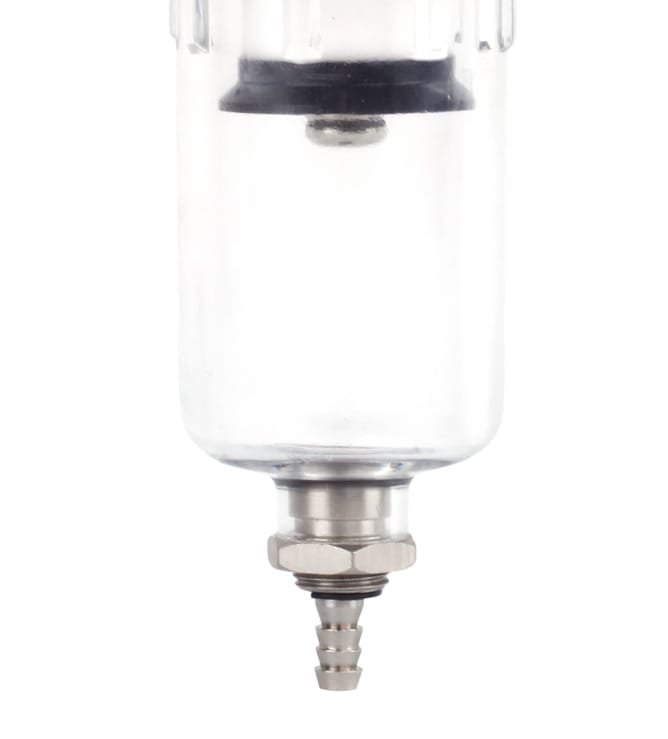
What Is The Difference Between Air Regulator And Pressure Regulator
| Aspect | Air Regulator | Pressure Regulator |
|---|---|---|
| Function | Primarily regulates compressed air to maintain consistent output pressure. | Controls output pressure in a system to a specified level, applicable to various gases and liquids beyond just air. |
| Applications | Mainly used in pneumatic systems where stable working pressure is crucial. | Versatile, suitable for a broad range of mediums, including air, water, and oil. |
| Specialization | Specifically designed for compressed air applications, addressing challenges like moisture control and lubrication. | More general-purpose, lacking specialized features for addressing compressed air’s unique requirements. |
| Operational Focus | Focuses on maintaining a stable output pressure despite fluctuations in input pressure from the air supply source. | Broadly targets controlling output pressure to prevent system failure or compromised safety, accommodating different mediums. |
Does flow regulator change pressure?
Yes, a flow regulator does change pressure. It adjusts the flow rate of a fluid by changing the pressure differential across the system. This device is crucial for maintaining the desired flow rate in various applications, ensuring stable operation and efficient system performance.
Do air regulators restrict flow?
Yes, air regulators do restrict flow. They are designed to maintain a constant output pressure despite variations in the input pressure and downstream demand. This involves adjusting the flow of air to ensure stable pressure management, thus confirming that air regulators can indeed restrict flow to achieve their primary function.
Can a Pressure Regulator be Used as a Flow Regulator, and Vice Versa?
Attempting to use a pressure regulator as a flow regulator may lead to suboptimal performance or even failure in applications where precise flow control is critical. This is because while the pressure regulator can somewhat influence flow rates by maintaining stable pressure, it lacks the inherent design to directly control or compensate for fluctuations in flow caused by changes in system demand or upstream supply conditions.
Conversely, employing a flow regulator to manage pressure can be equally problematic. A device designed to maintain constant flow cannot adequately adjust to varying pressures within a system to stabilize downstream pressure. This limitation makes it unsuitable for applications that require precise pressure management to protect sensitive equipment or processes.
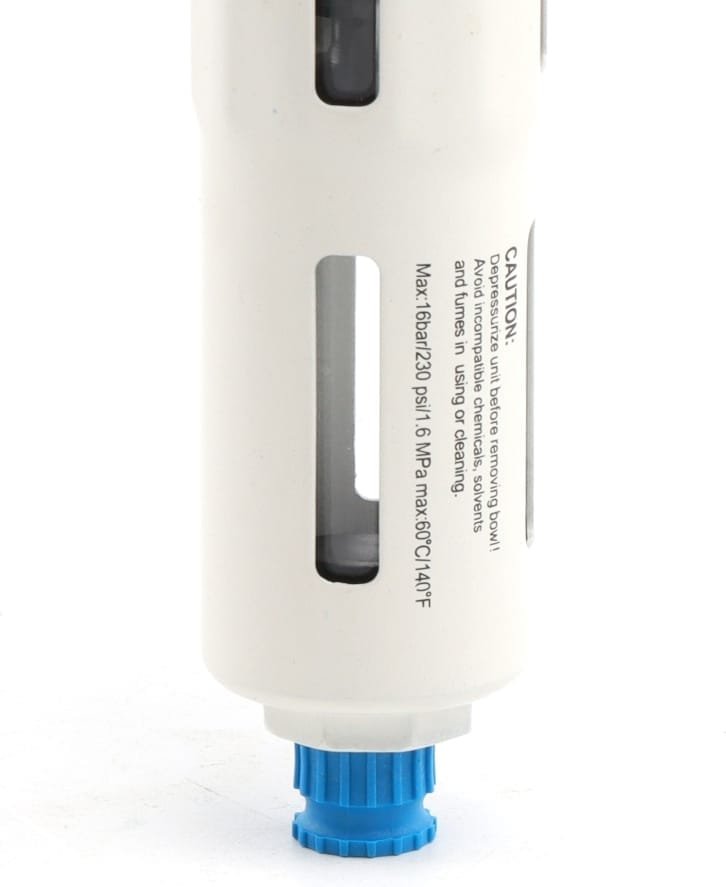
How Do I Choose Between a Flow Regulator and a Pressure Regulator for My Application?
Choosing between a flow regulator and a pressure regulator hinges on understanding the specific requirements of your application, as each type of regulator serves a distinct purpose.
Flow regulators are adept at managing the rate at which fluid passes through a system, making them ideal for applications where maintaining a consistent flow rate is critical regardless of pressure variations within the system. They are commonly used in systems requiring precise volume delivery over time, such as medical devices or dosing systems.
On the other hand, pressure regulators are designed to maintain a constant output pressure regardless of changes in the input pressure or downstream demand. This capability is essential in applications where equipment or processes require stability in pressure to function correctly or to ensure safety standards are met. Examples include pneumatic tools that need constant operating pressures and water supply systems where excessively high pressures could lead to damage or inefficiencies.
The decision between utilizing a flow regulator versus a pressure regulator also entails considering factors such as fluid type (gas or liquid), viscosity, operating temperature range, and required precision level. In situations where both precise flow control and stable pressure conditions are crucial, utilizing both types of regulators in tandem may be necessary.
For applications prioritizing accurate volumetric control — particularly when dealing with critical fluids or when exact dosing is requisite — opting for a flow regulator would be more advantageous. Conversely, if preventing over-pressurization to safeguard system components and ensuring consistent performance under varying inlet conditions are your primary concerns, then choosing a pressure regulator would be more appropriate.
In Conclusion
Understanding the distinction between a flow regulator and a pressure regulator is crucial for selecting the appropriate device to maintain either consistent fluid flow or stable pressure levels in various systems.
To delve deeper into selecting the right regulator for your needs or to explore our range of regulation solutions, visit our website or contact one of our experts today. Your optimal system performance is just one choice away.
